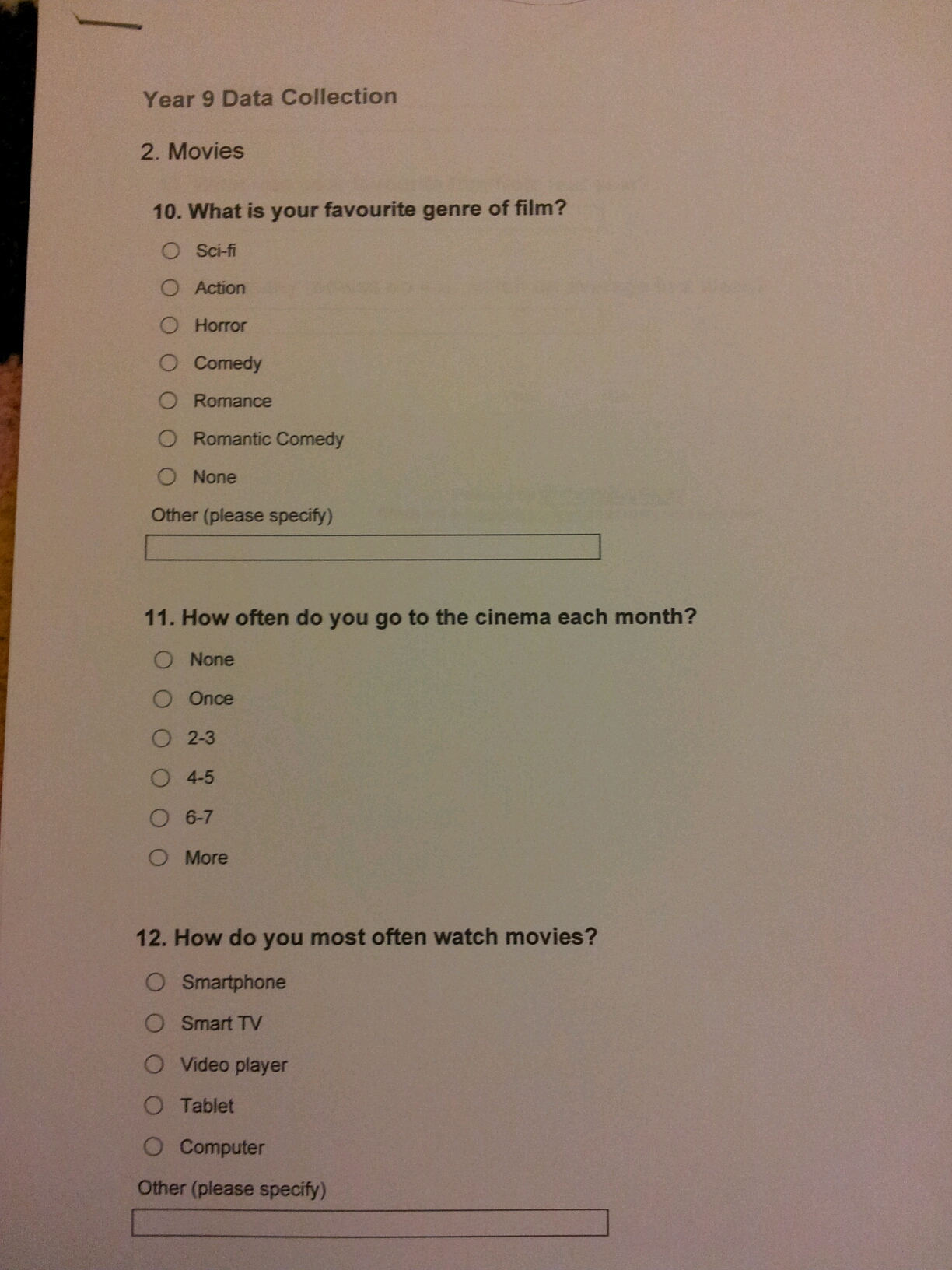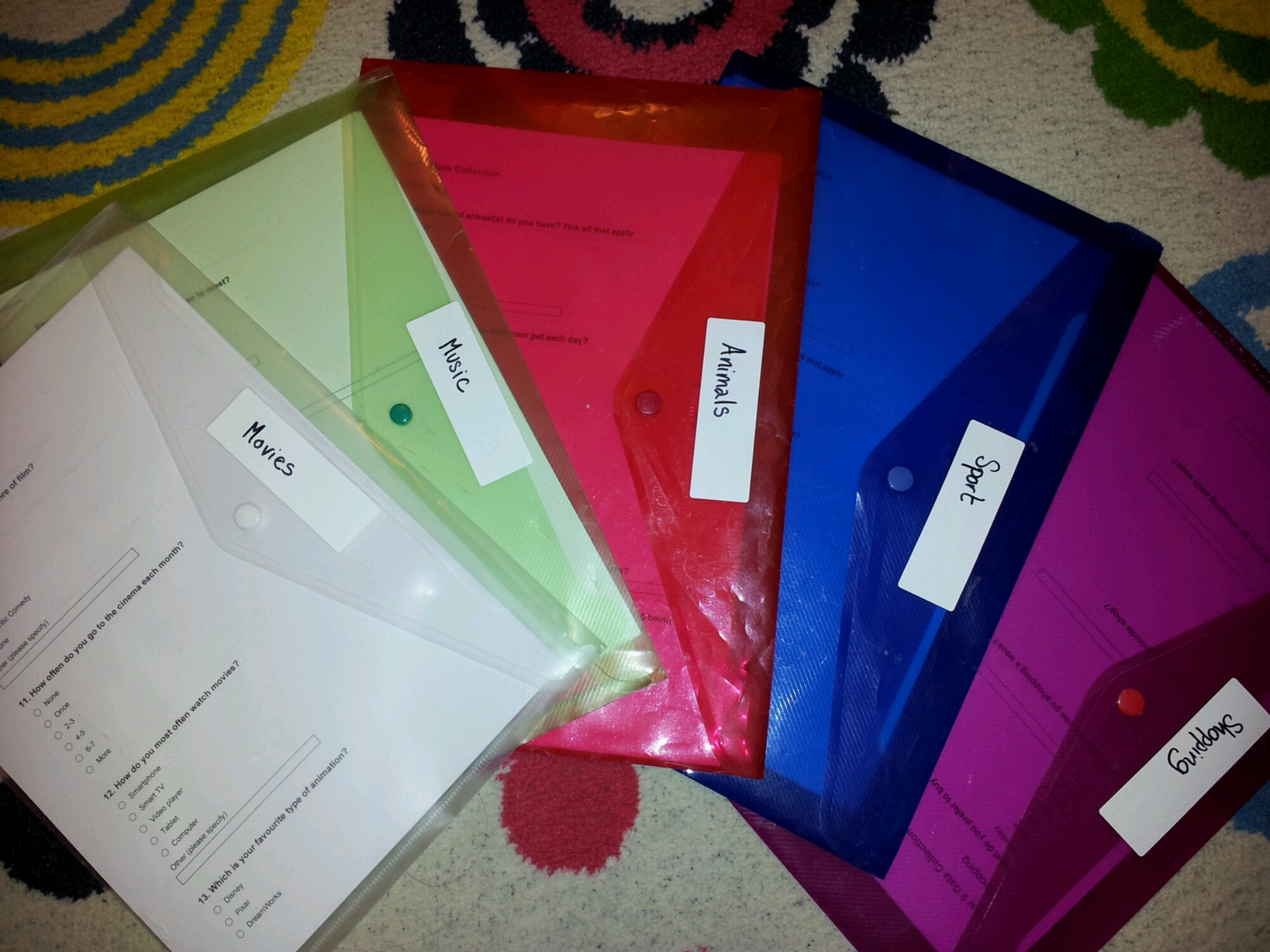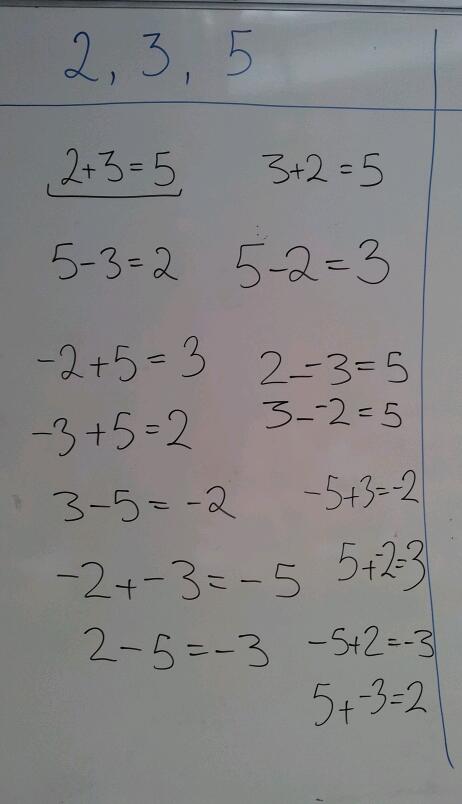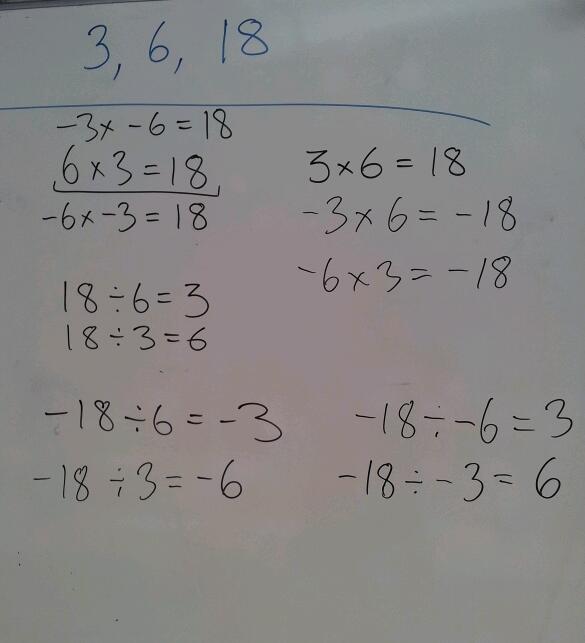Well, it’s time for the Sandpit to head for the Seaside! All the fun activities have been saved up for the Autumn term so make sure you come back in September.
Image credit: http://nscharlieno5.blogspot.co.uk/
Before we pack up our classrooms I’d like to reflect on what this time of year means. Our students have received their end of year reports, enjoyed Sports Day and promised to keep in contact with each over the Summer. Our colleagues have briefed next year’s teacher on their new classes, updated schemes of work and sorted out what planning needs to be done over the Summer ready for September. But what about those staff who aren’t coming back?
I’ve recently been to both a leaving event and a retirement event. In that last week in school we should make sure we tell our friends how much we appreciate them, no matter how busy we are.
I’d especially like to wish L all the best as she moves to the other side of the country. If anyone wanted to meet an outstanding teacher who cares about every child they teach and supports their colleagues no matter what, then L would be that teacher. Good luck!






